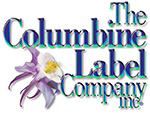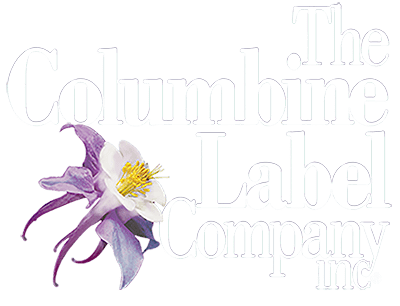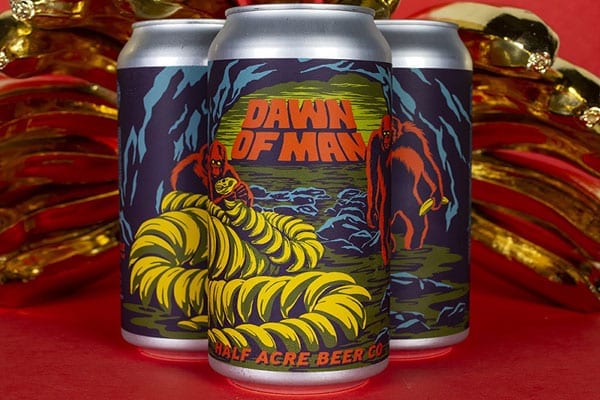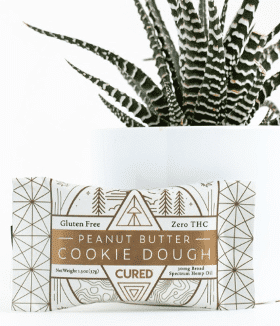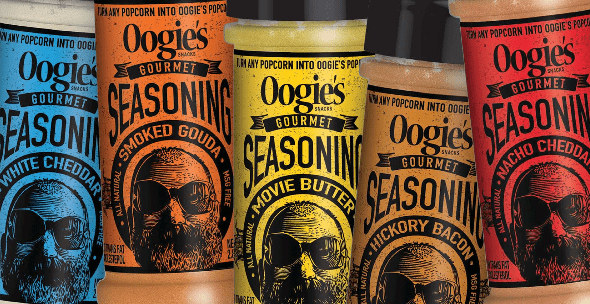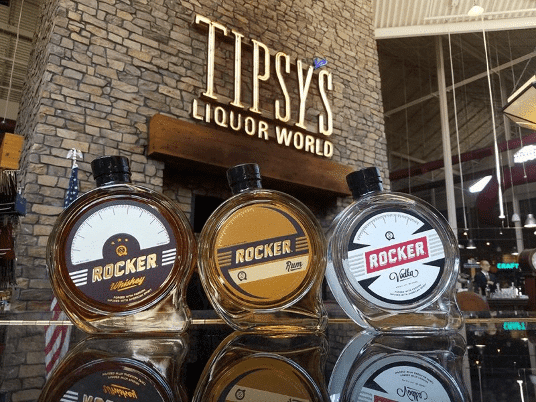As the COVID-19 pandemic turned the world as we know it upside down in 2020, no one could predict the economic winners, losers, or opportunities that would rise above the rubble. With a 10-month rearview mirror now at our disposal, a clearer picture is emerging. Review product label trends and stay ahead of your competitors.
Overarching market and consumer product label trends include:
- E-commerce growth – as the pandemic and shutdown surged, consumers increasingly turned to online shopping. According to research by JP Morgan, by the fourth quarter of 2020, e-commerce accounted for 16.1 percent of all U.S. sales, an increase from 11.8 percent in the first quarter of the year.
- Sharp demand for specific product segments – that same research, revealed astonishing increases in demand for household cleaning supplies, soaps, vitamins, supplements, and hair color.
- Wavering brand loyalty – not only are consumers turning to online shopping, but they’re also shopping around for the best price or availability. In the first six months of the pandemic, 36 percent of consumers reportedly tried a new brand.
These three trends alone place an even greater burden on product labels to do the heavy lifting for today’s brands. Fortunately, the label industry is well-positioned to respond, ironically, even more so because of the pandemic. “Many of the megatrends that we have witnessed in the label and packaging market over the last few years have been accelerated due to Covid-19,“ says Alon Schnitzer, Global flexible packaging market development with HP Indigo. “In fact, we believe it has catapulted the industry by 2-3 years ahead of where it would have been otherwise in terms of digital adoption.”
Custom label printing trends to watch in 2021
Here’s a snapshot of key trends in product labels this year buoyed by emerging aesthetics, technology, and consumer preferences:
- Design for the times: Brands are reinventing themselves via their label design, creating them to look less commercial and more like art to attract consumers in mere seconds online and in-store. Think intricate patterns, abstract illustrations, vintage design, bold geometrics, and prominent brand name, to name a few


- Textured enticement: For a more impactful in-store experience, brands are appealing to consumers’ sense of touch. Research has shown that when a shopper faces an overcrowded visual array of products, the tactile experience has a greater influence on their product selection. Embossed labels convey a premium image and create a perceived value that attracts discerning consumers.

- Safety first: Pandemic restrictions in 2020 created a boon in food sales: grocery sales went up 15-20 percent, and grocery and restaurant delivery rose 75 percent. With that rise in demand comes an increasing need for labels that ensure consumer safety. Tamper-proof labels are a highly visible way for grocers, restaurants, and food delivery services to convey proper food handling, from prep to delivery.
- Technology tools: Label technologies once reserved for specialty or higher-end products are working their way into everyday products. For example, Radio frequency identification (RFID) technology is a proven workhorse to deliver greater visibility and immediate insights into inventory. On a lower cost scale in the food space, data-rich QR codes on product labels similarly help brands track, manage and trace product inventory and shipping, which can prove critical in responding to food supply and system issues. NFC (Near-Field-Communication) is the trending technology that enables touchless access to information from a printed label to the user, whether it’s the consumer, vendor, or marketer. With the pandemic-induced heightened hygienic awareness and ubiquitous use of smartphones, this technology will grow exponentially across many product categories.
- Sustained sustainability: The demand for sustainable and eco-friendly labels will continue trending strongly in the product label industry. There is a wide range of label materials on the market today that enable brands to make good on their eco-friendly commitments. These include thinner films that require less water and energy to produce, better-engineered adhesives that help maximize the post-consumer recyclability of plastic products. Additionally, there are countless recycled label materials to choose from. Many are made from surprising sources, such as cotton, grapes, marble mining waste, and more.
A word of caution
Trends can be all talk and no action. Columbine Label Company is committed to providing product label solutions that give your brand the tools you need to rise above the rest and succeed in a time of uncertainty. Contact us to find out how we can help you turn trend talk into action.
